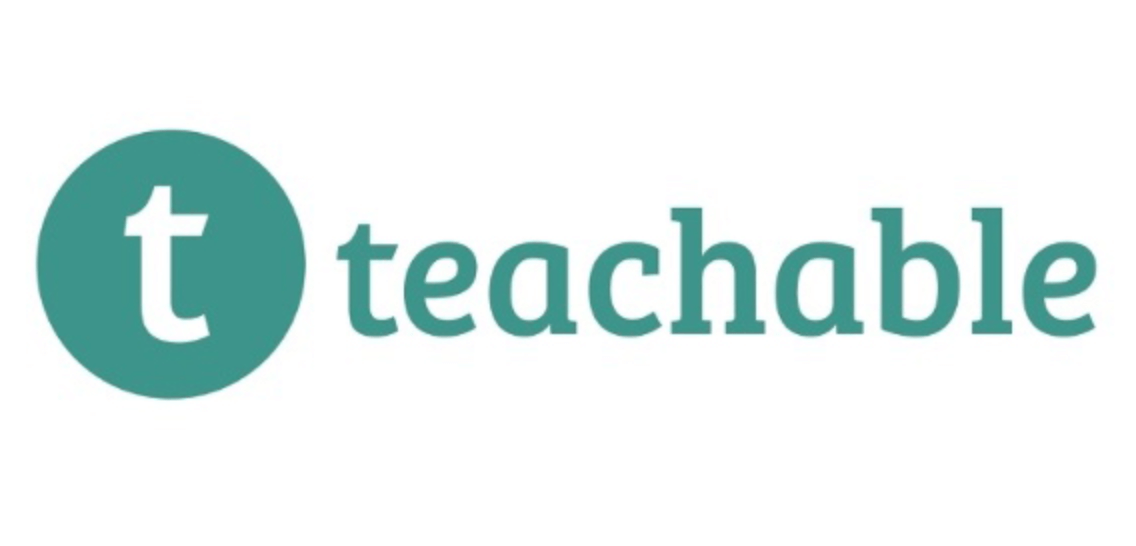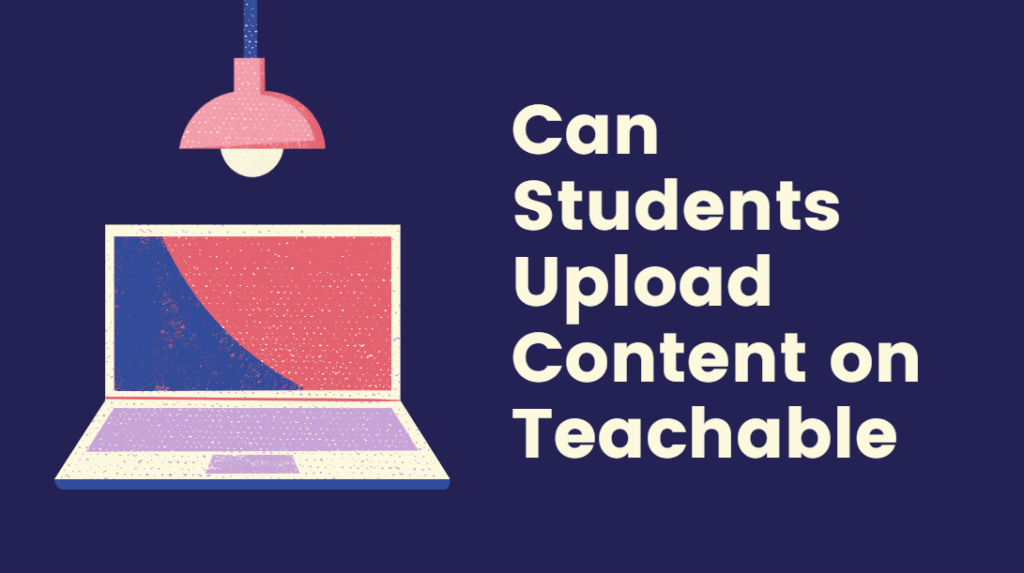As an experienced user of Teachable, I have come to understand the various features and capabilities the platform provides to educators and students. In this article, I will focus specifically on the student upload capabilities within Teachable, providing a comprehensive overview of how students can submit content to their instructors and peers. To ensure that this overview is comprehensive, I will break down the discussion into several distinct sections, covering the various ways in which students can submit content to their instructors and peers. Additionally, I will provide practical tips and suggestions to help educators and students make the most of Teachable’s student upload capabilities.

Understanding Teachable’s Course Structure
Typical course structure on Teachable
As an experienced user of Teachable, I have come to understand the typical course structure offered by the platform. For the most part, Teachable courses consist of modules, which are the main sections of the course. Within each module, you can add lessons, which are the individual elements of the course. These can include text, videos, images, quizzes, and other types of content. Additionally, you can create downloadable resources such as PDFs, audio files, or slides to supplement the course content. Finally, you can also enable optional features such as course progress tracking and member notes, which can further enhance the learning experience of your students.
Roles and permissions of instructors and students
Teachable also provides a range of user permissions and access levels for instructors and students. As the instructor, you have full control over the content of your course and can create, modify, and delete any elements as needed. For students, you can choose to give them access to courses and content as well as the ability to upload content and interact with other users. Depending on the type of course and your objectives, you can decide which roles and permissions are best suited for each user.

> > Click Here to Start Teachable for Free < <
Student Interactivity on Teachable
As an experienced user of Teachable, I am familiar with the platform’s interactive features and engagement options for students within a course. In this section, I will highlight the interactive features available to students on Teachable, as well as explore the engagement options within a course.
Interactive features available to students on Teachable
Teachable offers a wide range of interactive features to students, allowing them to participate in courses and engage with the material. Students can submit assignments, participate in course discussions, explore the course curriculum, and even take quizzes or tests. Additionally, Teachable allows students to upload content to the course, such as images, videos, and documents. This feature is particularly useful for courses that involve student-generated projects or presentations.
Engagement options for students within a course
Teachable also provides a variety of engagement options for students within a course. The platform offers gamification features, such as badges and leaderboards, which can help to motivate students and encourage participation. Additionally, Teachable allows instructors to create polls and surveys, enabling them to get meaningful feedback from their students. With these engagement options, instructors can ensure that their students remain engaged and interested in the course material.

> > Click Here to Start Teachable for Free < <
Uploading Content as a Student
Discussing the potential for students to upload content on Teachable
As a student on Teachable, I have been exploring the platform for a while now, and I am aware that teachers can upload various types of content to use in their courses. However, I am curious as to whether or not students are able to upload content as well. After researching this topic, I have concluded that Teachable does not provide a feature that allows students to upload content directly to their courses. However, students may be able to share files with the course instructor or other students within the course.
Clarifying the types of content that students can upload (if applicable)
Since Teachable does not provide an option for students to upload content directly to their courses, it is important to note that there are no specific types of content that students can upload. However, if a course instructor has enabled the discussion feature, students may be able to upload images, videos, and other types of files as part of their response to a discussion topic. Additionally, if the course instructor has enabled file sharing within the course, students may be able to upload files directly to the course’s files section.

> > Click Here to Start Teachable for Free < <
Instructor Control and Course Settings
Explaining the Instructor’s role in controlling student content uploads
As a Teachable user, I understand the importance of controlling the content that students are able to upload to Teachable. As an instructor, I have the ability to control the types of content students can upload to the site, ensuring that any content that students submit to the site adheres to the specific requirements and guidelines set forth by the instructor.
Discussing the course settings that determine whether students can upload content
To determine whether students are able to upload content on Teachable, instructors can access the course settings from the admin dashboard. Here, instructors can choose to enable or disable student uploads, as well as specify the types of content that students are able to upload. Additionally, course settings can be used to set specific limits on the type and size of content that students can upload, allowing instructors to ensure that student content is not too large or inappropriate. This helps instructors maintain control over what is uploaded to their Teachable course and provides a secure and efficient platform for students to upload content.

> > Click Here to Start Teachable for Free < <
Guidelines for Student Content Uploads
Best practices for students who have permission to upload content
As an instructor using Teachable, I understand the importance of setting guidelines for students who have permission to upload content into a course. Here are some best practices to help ensure smooth operations:
1. Establish a clear upload timeline:
Establishing a clear timeline for student content uploads can help ensure all content is submitted on time and in the correct format. It’s important to set realistic expectations on the timeline to ensure all students have enough time to submit their content.
2. Set clear content guidelines:
Establishing clear guidelines for student content uploads is essential to ensure that all content is of high quality and consistent with the standards of the course. Instructors can create a style guide that outlines the type of content that is acceptable for uploads, as well as formatting guidelines that should be followed.
3. Ensure the content is safe to use:
In order for instructors to legally use student-uploaded content, it is important that instructors ensure the content is safe to use. Instructors should make sure to have students sign a copyright and usage agreement form that grants the instructor permission to use the content. This will help ensure instructors are not exposed to any legal risks.
4. Create a feedback system:
It’s important for instructors to provide feedback to students on their content uploads. Instructors can create a feedback system where they can provide helpful and constructive feedback to help students improve their work and ensure they are meeting the standards of the course.
By following these best practices, instructors can ensure that any content uploaded by students is of high-quality and is in line with the standards of the course.

> > Click Here to Start Teachable for Free < <
Instructor Feedback and Moderation
Explaining the role of instructors in reviewing and providing feedback on student uploads
As an experienced user of Teachable, I have found the platform to be user-friendly when it comes to students uploading content. Instructors have the ability to review and provide feedback on all student submissions, helping them to stay engaged and on track with their assignments. Instructors are also able to leave comments and provide students with individualized support, whether it’s through an audio or video response, text feedback, or a grade.
Discussing potential moderation options to ensure appropriate content is shared
Teachable also offers moderation capabilities to ensure that appropriate content is shared on the platform. For example, instructors can enable content moderation for student content such as video uploads, comments, and private messages. This can help to ensure that all content is in line with the instructor’s guidelines and complies with the platform’s terms of service. Instructors can also set up automated rules to automate the moderation process, allowing them to quickly review and approve appropriate content. In addition, instructors can set up custom moderation rules to target specific types of content, such as profanity or hate speech. This ensures that the content shared on Teachable is in line with the instructor’s values.

> > Click Here to Start Teachable for Free < <
Conclusion
As an experienced user of Teachable, I have found that the platform offers a variety of options to allow students to upload content. From my experience, the platform allows instructors to set up collaboration forums, assign students tasks and projects, and use submission folders to collect and review student content. Additionally, Teachable allows instructors to implement their own tools, such as Google Docs and Dropbox, to enable students to upload content directly to their courses. In this way, Teachable allows course creators to easily create interactive and engaging courses with a wide range of content types.
